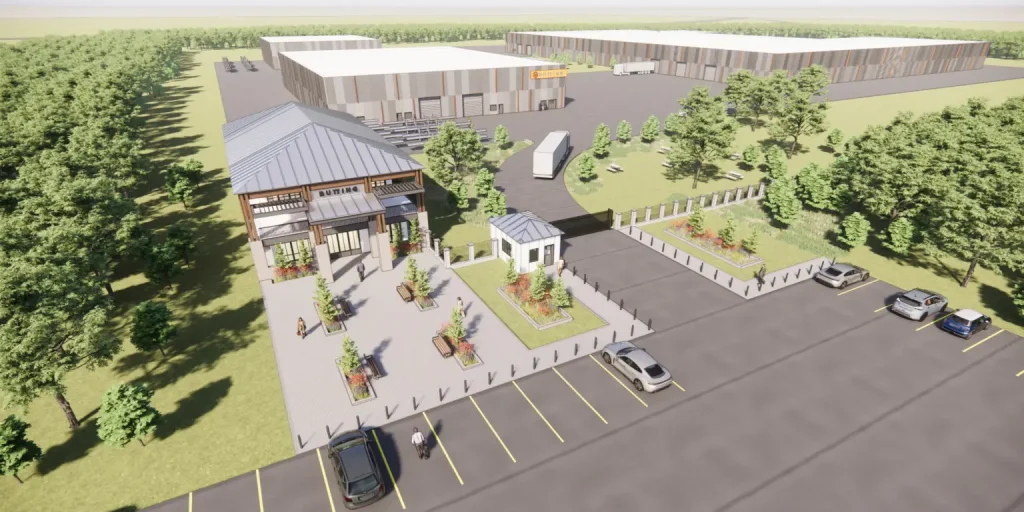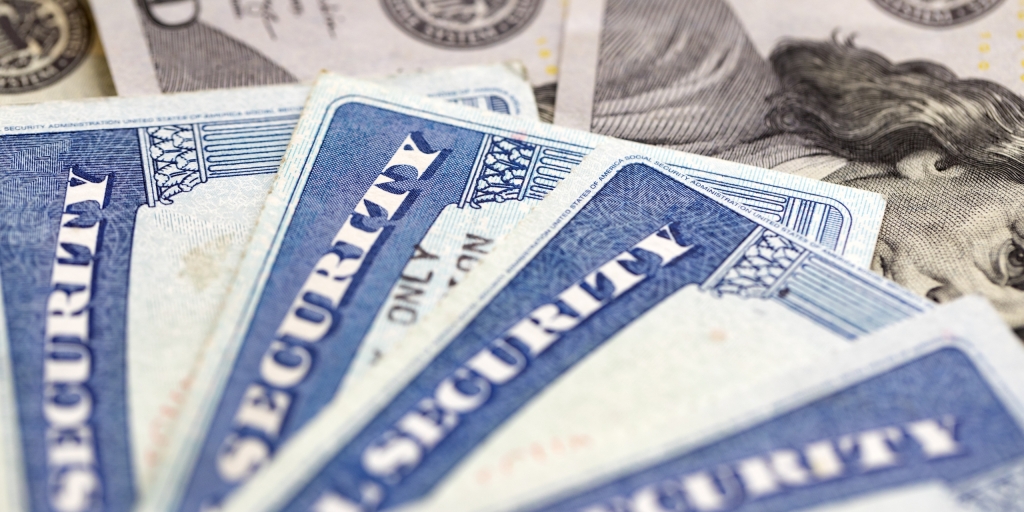Is the economy booming?
Economist Alan Blinder recently argued that the economy is strong despite many Americans’ claims to be struggling.
Paul Krugman believes that claims of malaise reflect Republican hostility to President Biden, not reality. Do the numbers validate the lived experience of struggling Americans?
Statistics, at best, reflect averages across the economy. Life was not bad for my grandmother during the Great Depression as my grandfather was a captain in the Dearborn Fire Department and never lost his job. Businesses can fail as the economy booms.
Surveys reflect many Americans’ struggles. Lending Tree found 64% of respondents living paycheck to paycheck. Another survey reported 70% of respondents being worse off now than at the start of Biden’s term. The 60-day delinquency rate on auto loans is at an all-time high and the 90-day credit card delinquency rate is up 50%. But are these families just living beyond their means?
Polls also find that many more Republicans than Democrats believe the economy is struggling. Perhaps Republicans believe the economy is bad because Fox News says so. I believe in an objective reality, so let’s look.
Some statistics signal strength. Although up slightly, unemployment remains below 4% nationally, a historically low rate. Inflation has fallen from 9% in 2022 to 3.2%. And real (meaning inflation-adjusted) GDP is holding steady. We may tame inflation without a recession.
But not all statistics are rosy. Low unemployment reflects in part a decline in the percentage of adults looking for work. Inflation remains above the Federal Reserve’s 2% target. Interest rates are up sharply; the 30-year fixed mortgage rate is 7.7% versus 3% when President Biden took office. Higher interest rates make homes and cars more expensive.
Wages have risen but not enough to keep up with inflation. Real income began falling in early 2021 after nine years of growth and fell over 2% in 2022 after growing nearly 3% in 2018 and 2019.
Some stats suggest that some Americans are struggling even more. Food and energy prices have increased 20 and 35% since January 2021, versus 17% for the overall Consumer Price Index. Lower income households spend a higher percentage of income on these items, so their effective inflation rate exceeds the national rate.
Analysis by the St. Louis Fed finds that about a quarter of households experienced no increase (or even decreases) in their nominal wages in 2022. These individuals suffered a substantial decline in real income, even before adjusting for effective inflation due to energy and food prices.
The past two years have seemingly continued the divergence of the COVID lockdowns. “Zoom Class” professionals never lost their jobs and saved commuting time working from home. Service industry workers either lost their jobs or suffered the risks and inconveniences.
The Biden Administration claims credit for recovery from the COVID recession, but we did not experience a typical recession. A strong economy was shut down in March 2020, like a resort community during the offseason. Reopening was all we needed for recovery. $5 trillion in federal COVID spending and its monetization by the Federal Reserve drove the inflation requiring today’s painful high interest rates.
Traditional economic statistics may now less accurately reflect “typical” conditions. Consider real per capita GDP and real median personal income. Real GDP per capita is economists’ preferred measure of prosperity, as the good things in life correlate strongly with GDP. Across time and countries, differences in real GDP per capita yield noticeable differences in living standards.
In 1974, median income was 95% of per capita GDP. Median income increased 50% by 2022, a definite improvement, but GDP per capita simultaneously increased 130%. A 14% decline in average household size explains some, but not all, of this divergence. At least recently in the U.S., GDP correlates less with average living standards.
The American economy is not broken. Averages always conceal considerable variation. Statistics, however, suggest that the economic pain many Americans feel is real and not just perceived.
Daniel Sutter is the Charles G. Koch Professor of Economics with the Manuel H. Johnson Center for Political Economy at Troy University and host of Econversations on TrojanVision. The opinions expressed in this column are the author’s and do not necessarily reflect the views of Troy University.










